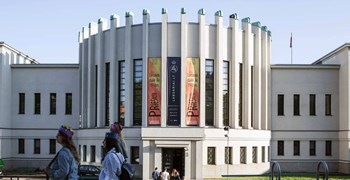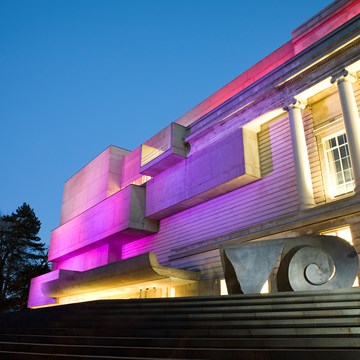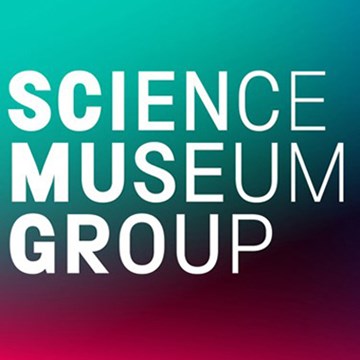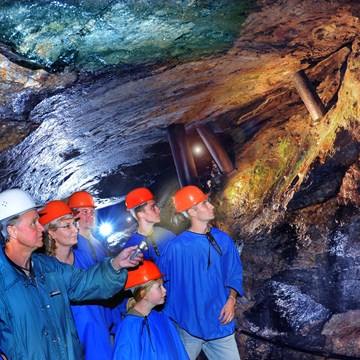The exhibition "From Unknown to Unknown. World War II Refugees in Lithuania"
2014 is the year of the sad 75-year anniversary of the crowds of refugees flooding into Lithuania; these were civilian Polish people and the interned military who were withdrawing from Poland after the Fascist German attack on Poland on September 1, 1939. Later on, in October of the same year, German and Soviet residents exiled by the Fascist and Communist governments also arrived.
The photography archive and documentation department of M. K. Čiurlionis National Museum of Art stores a unique collection of 76 photos. In order to pay the attention of the society to the important phenomenon of the everyday life of the refugees heavily affected by the complicated international relationships, the Museum is holding the exhibition From Unknown to Unknown. World War II Refugees in Lithuania to commemorate the past events still echoing today.
The collection of the photos taken by the Zdanauskas family has never been shown before in any environments of photography exhibitions. The pictures record the sufferings of Lithuanian, Polish and Jewish peoples. It is likely that a part of the refugees did not perish in the whirlpool of the war, and, after surviving in Lithuania, went on with a new life in their own or a newly found homeland.
Exhibitions and events
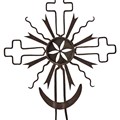
“LITHUANIA – THE LAND OF CROSSES”
Permanent exhibitionLithuanian crosses are a unique phenomenon. In 2001, UNESCO included Lithuanian cross-crafting in the representative list of masterpieces of the Intangible Cultural Heritage of Humanity. They are a...
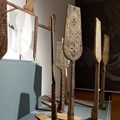
“THE ARCHAICS: LITHUANIAN FOLK ART XVIII–XX C.”
Permanent exhibitionThe exposition aims to unfold our nation’s cultural heritage of the 18th – 20th centuries through the M. K. Čiurlionis National Museum of Art’s collection of Lithuanian folk art which is comprised...

FROM AMBER TO THE STARS. TOGETHER WITH M. K. ČIURLIONIS: NOW AND THEN
Temporary exhibition at Mikalojus Konstantinas Čiurlionis National Museum of Art until 12.10.2025Celebrate the 150th anniversary of the birth of Mikalojus Konstantinas Čiurlionis, Lithuania’s most famous composer and Symbolist painter! The exhibition FROM AMBER TO THE STARS. TOGETHER WITH...
Activities from this museum
We don't have anything to show you here.
